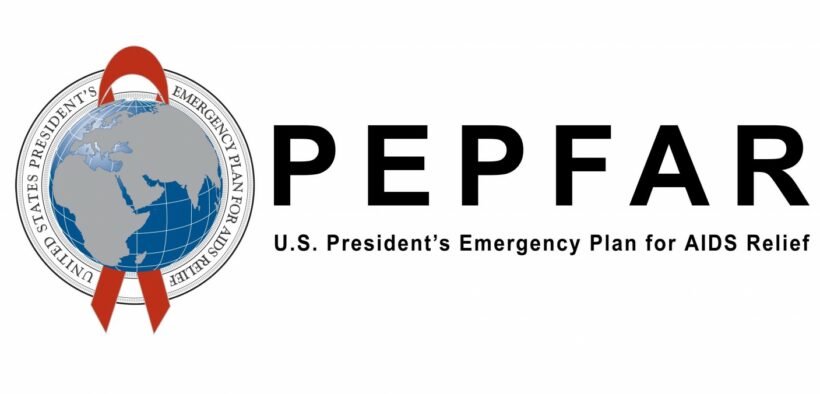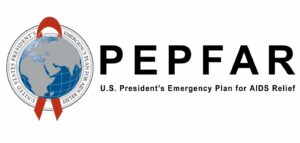Has PEPFAR Gone Far Enough?

OPINION–In 2003, The United States made a five-year, $15-billion commitment to PEPFAR – the President’s Emergency Plan for AIDS Relief. Fast-forward to 2019. Total U.S. spending on PEPFAR has now exceeded $85-billion. Last week’s World AIDS Day, plus debate in Congress this year over how the United States is going to pay for the largest budget and federal deficit in world history, have brought PEPFAR into the limelight again.

Evangelicals supported PEPFAR from the beginning, as a recent Christianity Today news story notes. Many no doubt have supported it from a position of conscience and conviction. But 16 years since inception, it is worth asking if PEPFAR is the highest and best use of taxpayer dollars if the goal is disease eradication.
Given PEPFAR’s byzantine public disclosure records, it is nearly impossible to know precisely how much of the $85-billion has gone to Christian organizations – including World Vision, World Relief, and Food for the Hungry. But all three of these organizations, plus others, receive enough funding to now have permanent, full-time departments dedicated to the administration of PEPFAR funds. This massive outpouring of federal dollars means the financial health of these organizations and the continued funding by PEPFAR and other federal programs have become intertwined. According to the Center for Public Integrity, in 2005 alone World Vision received more than $240-million federal funds, including nearly $12-million from PEPFAR.
It is, of course, possible to find stories of people helped by the program. After all, $85-billion is bound to produce some good. These stories are well-told, for example, in the movie “27 Million Lives,” paid for by a consortium of organizations that receive PEPFAR funds.
Even a single life saved is a victory. As the Talmud says: “Whoever saves one life saves the world.” But it’s likely that 27 million lives saved is a wild overstatement. A close look at Uganda supports this point.
Uganda was devastated by AIDS in the 1980s. Millions of people died, and according to a 2006 study, by 1991 nearly 15 percent of the country’s adult population was HIV-positive. But long before PEPFAR came along, Uganda was solving its own problems.
In Uganda, Christian ministries, Uganda’s indigenous Christian church, and the leadership of Janet Museveni – the evangelical Christian wife of the country’s president – made the difference. The country pioneered a program that promoted sexual abstinence, a program that pushed down the rate of new AIDS cases by as much as 80 percent, and the prevalence of AIDS fell from early 90s highs to less than 5 percent of the population. By the time PEPFAR money started coming into Uganda, AIDS prevalence was already less than half of 1990 levels.
Access to MinistryWatch content is free. However, we hope you will support our work with your prayers and financial gifts. To make a donation, click here.
In fact, in the first decade after PEPFAR, AIDS rates flattened out, and in some years actually rose. It is true that anti-retroviral drugs have reduced the death rate. People in Uganda and elsewhere in Africa are living longer, though it is not clear how much credit should go to PEPFAR and how much is the inevitable consequence of technological advances and a maturing global marketplace for anti-retroviral drugs.
In short, the lifesaving claims of PEPFAR funds are almost certainly overstated.
But perhaps the most troubling argument against PEPFAR is that it likely diverted our attention from the global resurgence diseases previously thought eradicated, or nearly so, such as tuberculosis, polio, and malaria.
It surprises many to discover that malaria, not AIDS, was likely the most prolific killer of the 20th century, resulting in the deaths of 100-million people in the first half of the century, and another 50-million people in the second half, according to the World Health Organization. Even today, the WHO says, malaria kills between 300,000 and 1-million people per year. The direct costs of treatment of people with malaria exceed $12-billion per year. Lost productivity is likely two or three times that number. In 2016, a year in which the U.S. spent $32-billion on AIDS, the spending of the U.S. and all other nations combined on malaria – a disease that we know how to completely eradicate – was less than $5-billion. In other words, we spend less on malaria than we would save by eradicating the disease. It is hard to explain how ideology and political activism is not counting for more than science and mathematics in the decision-making process.
It is impossible to argue that PEPFAR has not saved some lives and improved the quality of life of others. So let’s acknowledge PEPFAR’s role in the massive and multi-faceted war against AIDS.
But we should be clear-eyed about cause and effect, about the stunning, extravagant financial and opportunity costs. Let’s give PEPFAR credit where credit is due, not let’s cloud the truth by giving extra credit where no credit is due.



